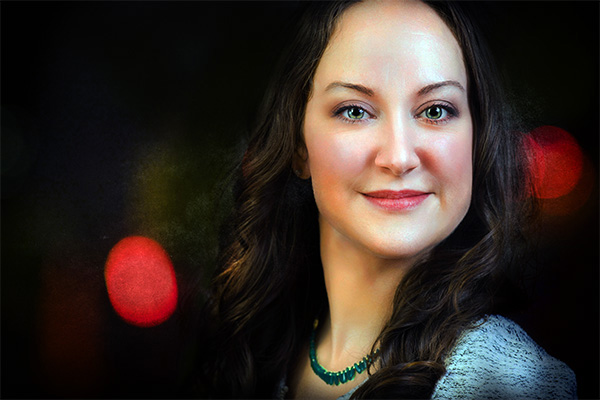
Photography has gone through a huge transformation in the last couple many years. From movie rolls and darkrooms to mirrorless cameras and AI modifying, the evolution has become swift and relentless. What was after an analog craft now leans greatly in to the digital realm, and for many photographers, this change provides each opportunity and obstacle. People that fall short to adapt threat getting left at the rear of in a very competitive business where keeping recent is crucial. Understanding how images has developed is the first step in recognizing the necessity of remaining aligned with these days’s slicing-edge equipment and methods.
In the past, a photographer’s ability was measured mainly by their capability to do the job with guide settings, lights, movie sorts, and physical prints. Producing photographs demanded chemical expertise and access to a darkroom. On the other hand, digital cameras disrupted the established order, making pictures extra available and fewer highly-priced. Using the rise of DSLRs and mirrorless units, photographers not needed film or improvement labs. Instant impression previews, higher ISO abilities, and massive storage possibilities intended photographers could shoot additional, experiment freely, and study quicker. But this digital increase also introduced new difficulties—competition enhanced, and basically owning a good digicam was no longer ample to stick out.
Nowadays, the photography business is deeply intertwined with technological know-how. AI-pushed modifying resources like Lightroom’s matter masking or Photoshop’s generative fill have redefined publish-processing. Platforms like Skylum Luminar and Topaz Labs present sounds reduction and picture upscaling that might have already been unachievable ten years ago. Even smartphones, after mocked by professionals, now produce substantial-resolution Uncooked visuals and give Highly developed features like portrait method, evening photography, and Business headshot rates at Richard's Photography actual-time HDR. The taking part in industry has shifted dramatically, and traditionalists will have to settle for that more recent technological know-how often improves as an alternative to diminishes the art of pictures.
Further than hardware and software package, know-how now dictates how photographers join with consumers and develop their enterprises. Social media marketing platforms, Search engine marketing-optimized Web sites, and automated reserving techniques are essential for advertising and outreach. Google My Organization profiles, geotagged pictures, and online opinions usually determine irrespective of whether a consumer chooses one photographer about An additional. Industry experts who stay offline or count solely on phrase-of-mouth marketing limit their publicity and potential progress. Embracing these digital instruments doesn’t just enable photographers remain appropriate—it allows them to operate smarter and arrive at broader audiences more successfully.
The rise of AI in photography is particularly transformative. Artificial intelligence can now evaluate facial functions to automobile-right lighting, read further smooth pores and skin, and even swap backgrounds in a single simply click. AI-driven culling software package assists photographers sift as a result of 1000s of photographs, selecting the right illustrations or photos dependant on expression, sharpness, and composition. In-studio, AI-Improved lighting programs immediately alter publicity and equilibrium based on subject place. These tools don’t switch the photographer's Imaginative eye—they amplify it. Individuals who make investments time in learning AI options obtain a competitive edge in the two velocity and top read further quality.
In conclusion, pictures is no more just about mastering the click here shutter or realizing the golden hour. It’s about adaptability. The craft is becoming a dynamic mixture of artwork, science, and technologies. Photographers who are willing business headshots to evolve—who discover new software program, spend money on smarter gear, and embrace AI and electronic advertising and marketing—are better positioned for very long-expression results. Those who resist, clinging to out-of-date strategies or dismissing technological developments, may possibly before long come across by themselves irrelevant in a fast-paced visual environment. To remain competitive and creative, photographers will have to not merely sustain Along with the evolution of images—they need to direct it.